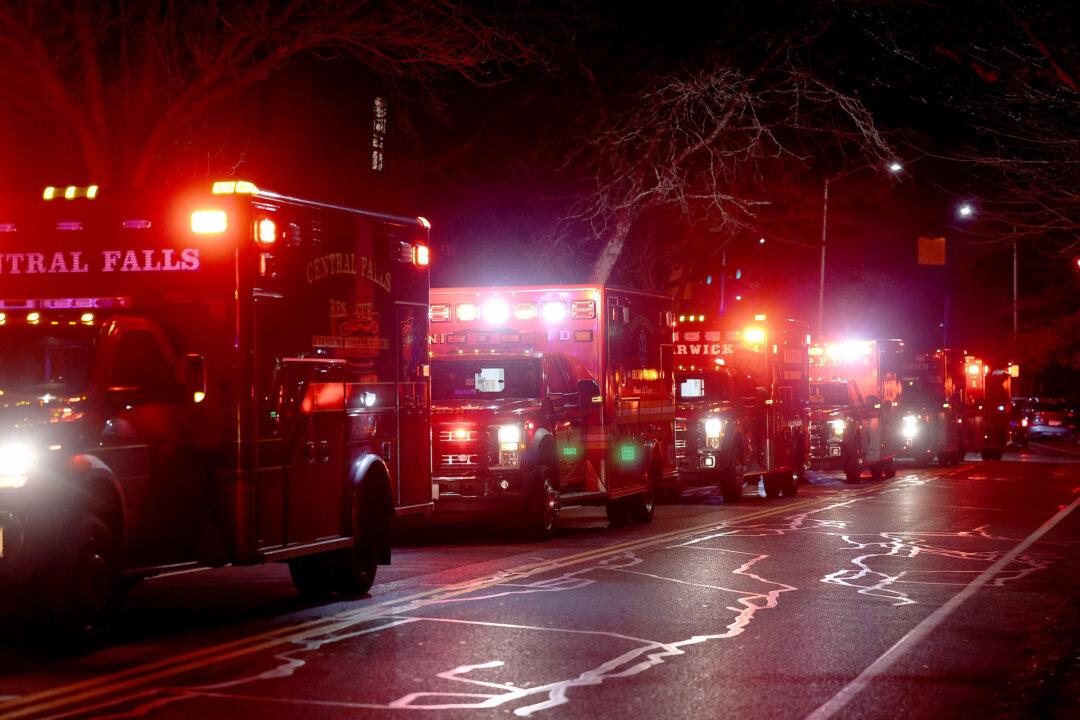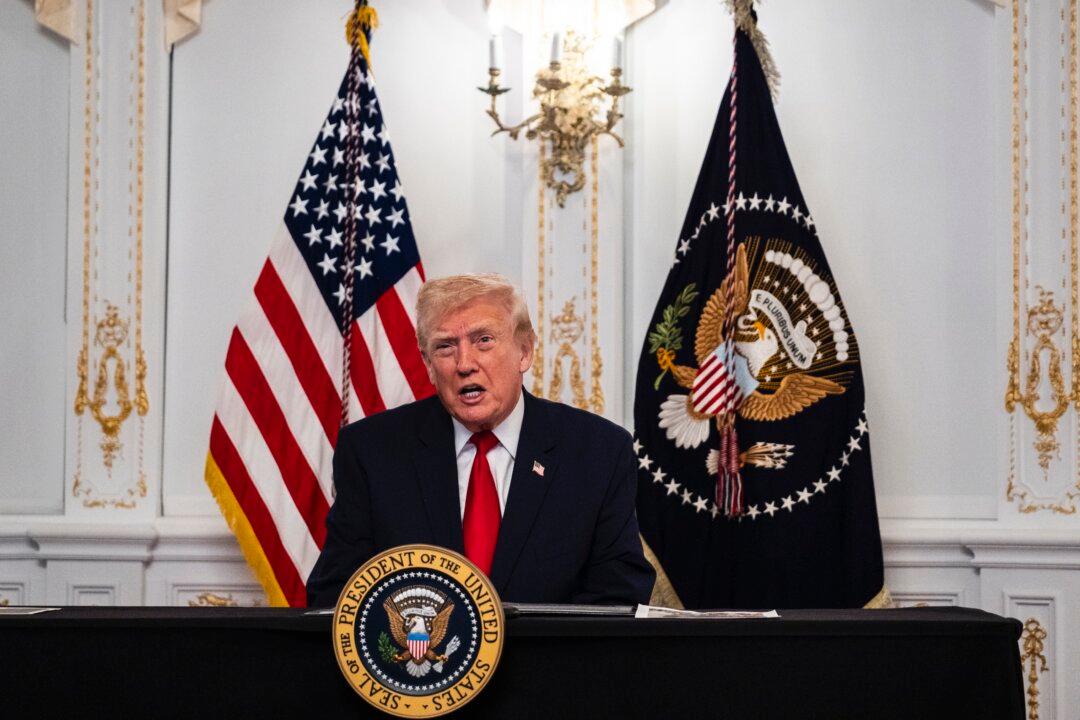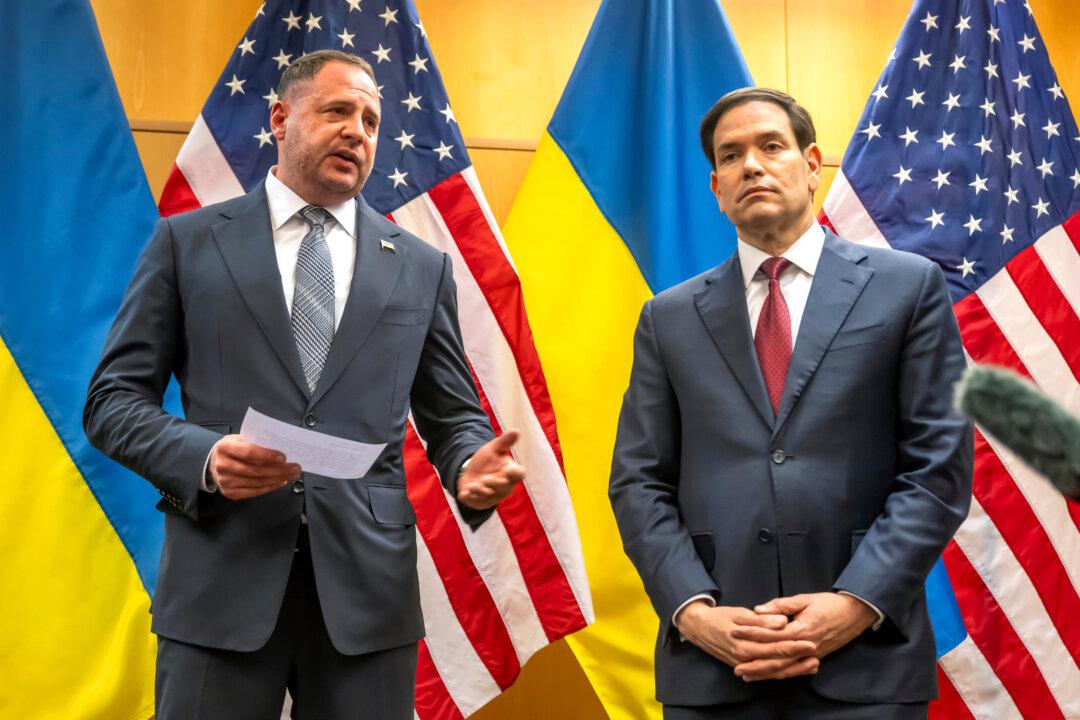NEW YORK—On a sunny, calm Wednesday morning, the day before the third anniversary of Hurricane Sandy, uniformed children and school officials at the Church of God Christian Academy in Far Rockaway, cheered with excitement as Les McCabe, president and CEO of Global Green USA, announced plans to equip the Academy’s gym with advanced energy efficient technologies so it can be powered around the clock in case of emergencies.
Global Green USA in partnership with energy company, National Grid, selected the academy to be the first recipient of a climate resilient disaster preparedness investment, which will be used to transform the gym into a safe haven for disaster-weary residents.
Strategically placing climate resiliency hubs now will help these communities better prepare for potential disasters.




